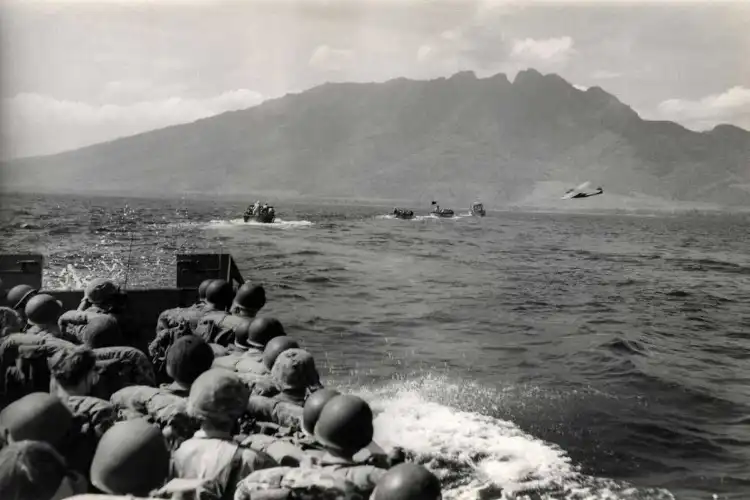
For most of my life, I, a student of History at one of the most prestigious Indian Universities, was made to believe that Azad Hind Fauj and its movement died with the disappearance of Netaji. I believed, as my books told me, that the Azad Hind Movement was a marginal effort as Mahatma Gandhi won India her freedom. Also, the movement had no existence after 18 August 1945, when Netaji was last seen in public.
Navy and land forces sent to Indonesia revolted against the British and told them that they would not fight their ‘brothers’. The inspiration came from “an incident in Peshawar in 1930. The Garhwali soldiers were ordered by the British to shoot down the Pathans, but they said that they would not fire on the brothers.” The incident was publicized by the nationalists among the soldiers in the form of pamphlets, which were banned by the British.
.png)
Abdul Rehman and Dasrath Singh were other union leaders who led the blockade of the sea route for the Dutch Army and helped in propaganda among soldiers that fighting against Indonesia was like killing their brothers. Abdul Matin and Ghulam Ali, two Indian soldiers of the British Army responded to these calls and led the defection of hundreds of soldiers to the anti-British camp. Hundreds were arrested, punished, or killed. A newspaper report said, “Muslim soldiers in the Indian Army have been arrested by British imperialists for refusing to fight the Indonesian people.” The report noted that the growing solidarity among Indians was becoming a concern for the British.
According to different reports, soldiers of the British Army and Indian seamen in a joint effort blocked the supply lines of the Dutch colonizing forces, thus paving the way for a free Indonesia. Ibrahim Serang and Aftab Ali, two union leaders played an important role in propagating the nationalist anti-British message among soldiers and seamen.
